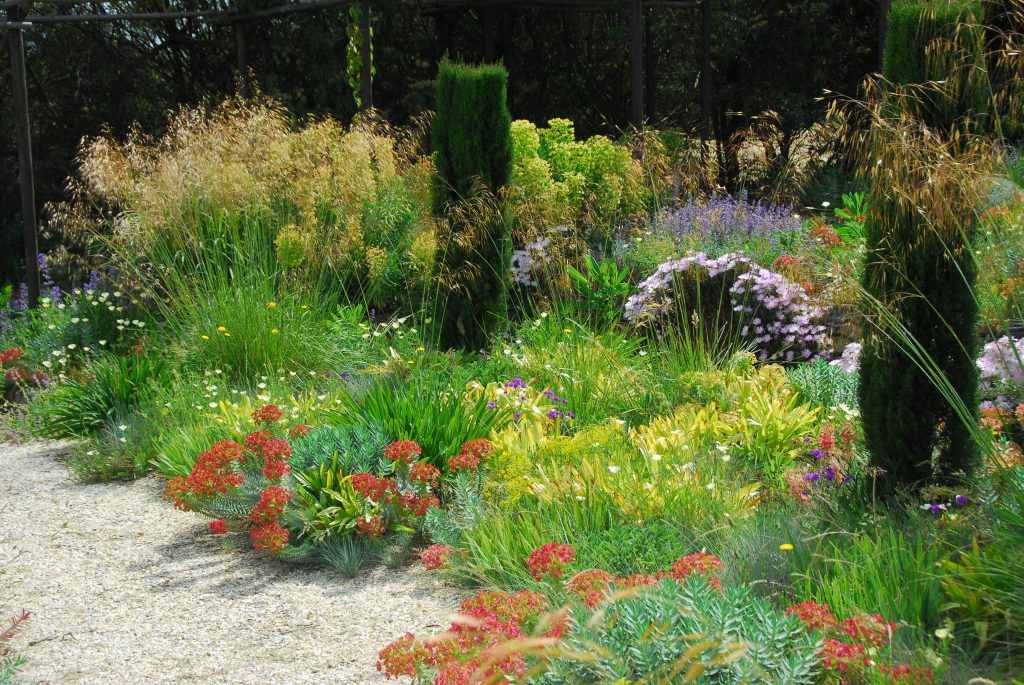Lots of books and articles on naturalistic planting focus on large gardens or public spaces. I'm wondering how possible it is to replicate this style of planting on a smaller scale (1/4 acre or less).
Do the principles for this style of planting in larger spaces remain true? Is it possible to use a wide variety of plants? And, if so, how do you visually strike a balance between legibility and wildness given the restrictions on space and number of plants used?
Can naturalistic planting work in small gardens?

Discussion
Leave a Comment
You must be logged in to post a comment.
Yes, a good question- have been wondering the same thing. Thoughts from Michael?
Also, in a small garden it’s often a priority to look good throughout the season, which seems more difficult than in a larger space. And another concern I have is how it can work well when summer rather than winter is the “dead” time
I guess success is based on the choice of plants. We do not have to follow northern hemisphere recipes for natural garden, we can use some of ours with some from Mediterranean plants thrown in. We can also use the lead of some Italian gardeners who slash all their tall grasses in July as fire precaution. As it is warm they grow back in no time and look fresh until winter.
Would love to know more about this Italian process, Barbara. I can’t imagine how it would work without any summer rainfall. I’ve just tried an early summer cut of a meadow, which contains some perennial stuff that can bounce back with little water, but I’ve got no real confidence it’s going to work
I have no doubt that it’s possible, Richard. When you posted the question we added this pic, which is taken in my ‘steppe’ garden, which is about 7m wide and 15m long. I know that that’s not small as such, but it’s much smaller than the many of the plantings we’re seeing images of in Europe. As you know, it gets no water at all.
But I think that your added stipulation ‘using a wide variety of plants’ is where it gets sticky. For this kind of planting to really work, I’m convinced that it has to ‘read’ on first approach, as relatively simple, with clear repetition of plants in a way that at least suggests a natural plant community. At the next level down, revealing itself on closer inspection, I think there’s room for lots more detail. But as a rough guide, that might mean that, say, 70% of the ground is covered by 30% of the diversity.
I wonder if, then the legibility that you mention is key to it – that by using one plant to create a strong pattern (which could be one of the key perennials (or something like clipped buxus (a la Tom Stuart Smith)), you could get away with near-chaos elsewhere?
As a rule of thumb I’d think that in a small space, you’d have to
1. Limit the plant diversity in order to get a strong recurring pattern going
2. Make sure there’s a good evergreen structure throughout, so it doesn’t fall back to 100% brown plant or dirt for the winter (I reckon 70-75% in dormancy might be as much as you’d ever want, in our climate)